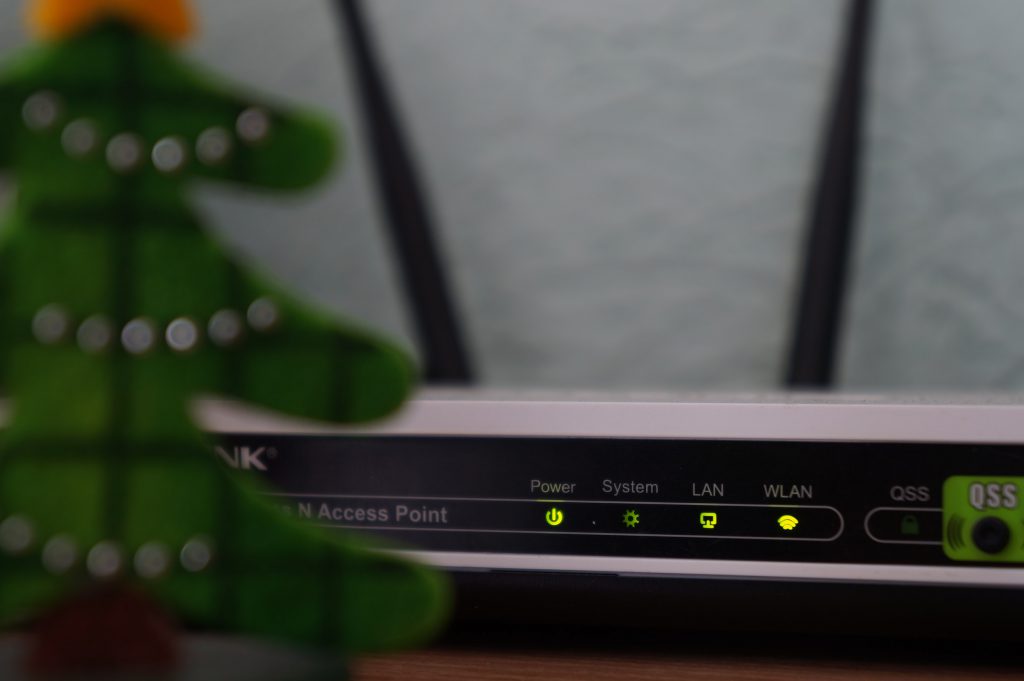In an era where connectivity is more crucial than ever, WiFi 7, technically known as IEEE 802.11be, is set to be the next big thing in wireless communication protocols. Promising a significant increase in data rates—up to 2.4 times faster than its predecessor—and aiming to reduce latency, WiFi 7 is particularly relevant for applications like cloud gaming. But what does this mean for the average consumer and the real estate market? Let’s find out.

Why do we need WiFi 7?
Most current devices are limited to WiFi 5, but WiFi 7 could prove to be essential for certain applications expected to grow exponentially in the coming years. These include video conferencing and Internet of Things (IoT) devices. Moreover, this new generation of WiFi aims to reduce latency times and increase data rates, meeting future connectivity needs.
Video Conferencing
The COVID-19 pandemic has accelerated the adoption of remote work, making video conferencing an integral part of our daily lives. WiFi 7’s higher data rates and lower latency can make these virtual meetings more efficient and less prone to technical glitches.
Internet of Things (IoT)
From smart thermostats to connected refrigerators, IoT devices are becoming increasingly common in modern homes. WiFi 7’s enhanced capabilities can better support the simultaneous operation of multiple devices, making your smart home even smarter.
When will WiFi 7 be available?
WiFi 7 is still undergoing certification, with a planned launch in May 2024. Electronic manufacturers are already starting to introduce hardware compatible with this new standard, and the first WiFi 7 compatible smartphones are slowly entering the market.
Early Adoption
Early adopters will likely be tech enthusiasts and businesses that require high-speed, low-latency connections. However, as the technology becomes more widespread, we can expect to see WiFi 7 in everyday devices, including those used in real estate applications.
Impact on the Real Estate Market
Smart Homes
As smart homes become more prevalent, the need for robust, reliable WiFi will grow. WiFi 7 can offer the bandwidth and speed required to run multiple smart devices efficiently, making it a selling point for future homes.
Commercial Spaces
In commercial real estate, WiFi 7 can provide the backbone for advanced systems like automated HVAC, security, and even advanced analytics tools that track consumer behavior in retail spaces.
Challenges and Considerations
Cost
Upgrading to WiFi 7 will require new hardware, which could be a significant investment. Consumers and businesses will need to weigh the benefits against the costs.
Compatibility
While WiFi 7 offers backward compatibility, to fully utilize its features, all connected devices must support the new standard. This could mean additional costs for upgrading other hardware.
Security
As with any new technology, there will be security concerns that need to be addressed. Manufacturers and software developers will need to ensure robust security protocols to protect against potential vulnerabilities.
Conclusion
WiFi 7 promises to revolutionize our connectivity experience, offering faster speeds and lower latency. While it’s still in the certification phase, the potential applications for this technology are vast, extending from personal use to significant impacts on the real estate market. As we move closer to a more connected world, WiFi 7 stands as a beacon of what’s possible, offering us a glimpse into the future of seamless, efficient, and robust connectivity.

 Open Immovlan
Open Immovlan